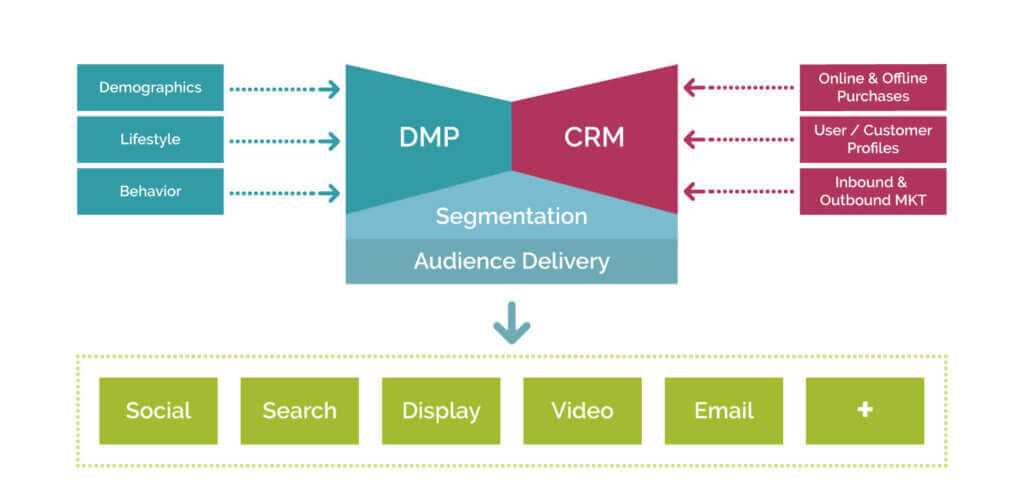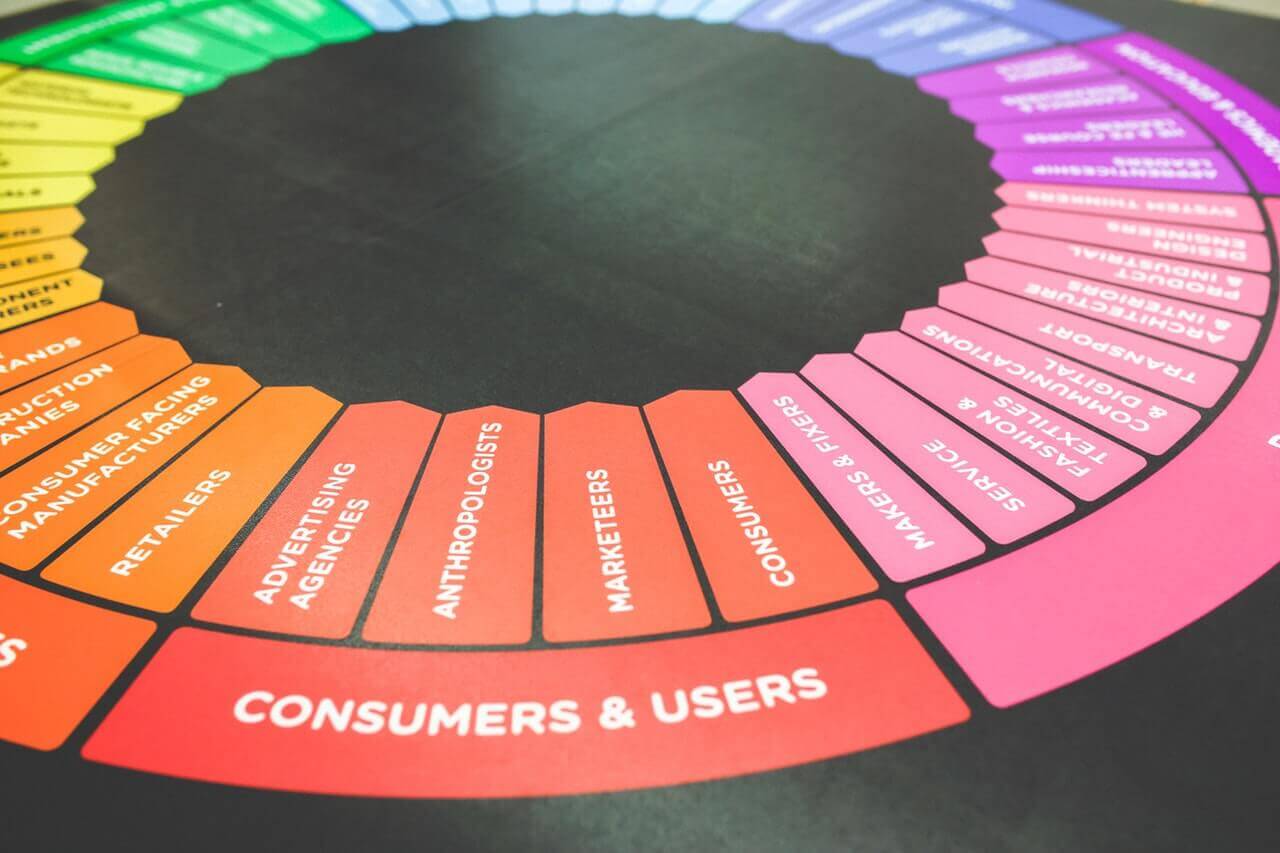Stop the Channel Obsession
The complication of today’s digital media landscape has confused advertisers. It seems advertising’s most proven and basic principles, such as communicating the right message to the right person at the right time, are getting lost to an infatuation with channels and irrelevant metrics. It comes at a time when digital advertisers should have an easy time targeting the right audiences and being efficient at managing their ad spend. Instead, as publishers like Facebook and Google build barriers between their ecosystems, brands are mirroring them by organizing their internal agencies and teams in the same way. Social, search, display, and owned channels are siloed instead of synergized and are being evaluated by misguided KPIs, such as clicks or engagements they generate.
The problem is obvious. Pitting channels and vendors against each other and measuring only channel specific metrics, will ultimately lead to wasted dollars. It prevents team collaboration and undermines customer-centric strategies. It results in brands arbitrarily devoting portions of spend to “high-performing” channels with short-term campaign goals in mind. Teams are likely double-counting revenue dollars due to the lack luster attribution models, and certain channels are receiving more (or less) credit than they actually deserve. Somewhere in this narrative of media buying execution, marketers are forgetting that the only common fabric between these channels is the consumer. When they return to thinking about the customer first, advertising becomes less complicated.
Back to Marketing Basics
Phrases like “optimizing towards some action,” are used too often. This terminology is a symptom of channel siloes rather than a true consideration of the brand’s overall marketing and advertising objectives, such as building lasting relationships with customers. These new metrics materialized out of a lack of true addressability in advertising, and now there is a misconceived need to alter campaigns with the publisher-provided metric – regardless of relevance to the overarching goals! Instead, advertisers should drop the acronyms the industry has spawned and go back to the marketing and advertising basics of audience, message, and cadence.
Realize that each consumer is at a different stage of their customer journey and communications should be targeted to push a user further along their path-to-purchase.
Therefore, the site visit you’re optimizing toward may lead to preemptive messaging, your video view may be ill-timed, or your acquisition campaign may be targeting already satisfied customers. For media buying teams still stuck in channel siloes, the true measurement of success should be their ability to convert a high percentage of their audience to the next stage of the funnel, whether that’s by means of impressions, clicks, views, or engagements. When we consider the consumer journey first, advertising becomes methodic, concise, and effective.
To provide real world context, let’s consider an automotive advertiser and, like every car manufacturer, their ultimate goal is to sell more vehicles. They have two prospective customers browsing the web at the same time. Consumer A searches for “great cars” while Consumer B is browsing their Facebook newsfeed. Who should they spend money on? Likely, they would focus their dollars on Consumer A, because this person has shown intent to purchase a vehicle based on the information provided. However, what if they were given more context about these consumers? What if Consumer A is a 10-year-old who has an interest in nice cars but no means to purchase or drive, while Consumer B has just booked an appointment to view a car with the advertiser? They would agree that the Facebook ad with messaging relevant to the upcoming appointment would be money well spent
It’s All About the Journey Map
As publishers build walled gardens for their user bases, advertisers must render the obstructions useless while maintaining cross-channel identity and journey context. When we factor in mobile phones as a primary means of receiving and sending communication, this complexity only becomes more aggravated and will continue as new devices appear in the future. The solution is a synergy between technologies that focuses on the consumer.
From a tech standpoint, there needs to be a convergence of DMPs (Data Management Platforms) and CRM (Customer Relationship Management) systems. One solution looks like the image bellow.

Winning with A Customer-First Ad-Tech Solution
- Successful media buyers will use CRM systems to inform their DMP of the current customers that should be suppressed, receive different messaging, or pass high-value customers lists for optimized lookalike modeling.
- A good data strategy should include using a DMP to inform a CRM of the user journey prior to acquisition as well as other relevant attributes about the context of current customers.
- Segmentation must occur across the two platforms, and audiences must exist in a delivery environment that is channel agnostic.
This combination of technology, consumer focus, and working with the right media partner like Digilant has proved to be a winning recipe for digital marketers.
